
Last evening Justin Labadie posted on Discord some photos of a presumed Arctic Tern (Sterna paradisaea) that he found in Cell 3 of Pt. Mouillee SGA just before storms moved in. His discovery wasn't realized until after he got home and reviewed images, but the (distant) pics showed a small, dark gray tern w/ long wing projections and sooty-gray belly. It prompted me to make a run this morning to look for it.
I arrived at Mouillee Creek parking lot at about 7:30 am under clear skies and mild temps (59ºF) but a slight breeze coming from the NW produced a bit of a chill. Amber Piotter had just posted that there were no birds in Cell 3 so this prompted me to do a loop of the North Causeway and Vermet Unit before heading to Cell 3.
I started out on the Middle Causeway then headed north along the west side of the Walpatich Unit. Swamp Sparrows, Willow Flycatchers, a Green Heron, and Marsh Wrens were the most audible birds this morning. One Marsh Wren was next to the trail so I got some pics through the phragmites (he wouldn't pop into the open).

I continued on and quickly ran into Amber. I told her my plans and she was planning the same route so we happily rode together. The North Causeway was quiet except for a small group of Lesser Scaup (16) and a pair of Redhead resting on the mudflats next to the Huron River shoreline.
A single tern was hovering just ahead of us and I grabbed a few pics in case it might be the Arctic Tern.
The pale coloration and white wing flashes were good for Forster's Tern (Sterna forsteri), and once we rode past it and had better light we could verify by its black-tipped orange bill. Note the pale underwing that does NOT contrast with the pale underbelly. The wings are light in color with just a hint of black along the tips of the primaries.

The tail is forked with the outer tail feathers extending past the inner gray and white tail feathers.
Now compare with a Common Tern (Sterna hirundo) from 29 May 2025 that shows a brighter red bill with a black tip, dark P5 - P10 primaries, and a fan-shaped tail with short outer tail feathers (adult breeding COTE will have forked tails, as well). The underside does show some gray but overall appears light and shows little contrast with the inner wings.
At rest the wing tips of the Common Tern extend just beyond the tail fork feathers. Note the gray wash up onto the shoulders and neck area.
Forster's Tern wings do not extend to the tail feathers, so their wings are shorter. Chest and neck area are white. These characteristics will come into play when comparing with the suspected Arctic Tern.
We skipped the Cell 5 loop and turned south along the east shoreline of the Vermet Unit. American White Pelicans (44) were out in the middle of the unit along with numerous Mute Swans and a few Mallard. We kept our eyes open for terns that might be roosting there, but saw nothing.
We arrived at Cell 3 shortly after 8:30 am and found a dozen American White Pelicans swimming in the water, a single Black-necked Stilt foraging along the water's edge near us,
the continuing Northern Pintail,
and a small number of shorebirds scattered along the edge of the mudflats. Most importantly was a small flock of roosting Caspian Terns and Forster's Terns so we hoped that the Arctic Tern might be among them.
Hiking out onto the mudflats was doable, but the ground was soft and gave away at our feet so we treaded lightly. I set up the scope and scanned the tern roost, but unfortunately the Arctic Tern was not present. Only adult and juvenile Forster's Terns.
A scan of the shorebirds revealed six White-rumped Sandpipers foraging among the Dunlin and Semipalmated Sandpipers; note that the breeding WRSA look awfully similar to breeding SESA save for the larger size, longer wing projection, and two-toned orange-mandibled black bill.
After 10 minutes or so we were able to verify that the Arctic Tern was not present. Amber had to leave for work but I decided to hang out awhile and just enjoy the nice morning. Hiking a bit farther across the mudflats I wanted to get a bit closer to get some images of the tern flock and wait to see if the tern would show up.
I scanned the far shore of the Cell 3 pond and found another pair of Black-necked Stilts foraging in the phragmites, and possibly setting up a nest? The Marbled Godwit could not be seen but might be hiding in the water hidden behind phragmites along the far west shoreline (it was seen later in the day).
Returning my scope to the tern flock I suddenly spotted a "dark" tern that was smaller in size relative to the juvenile Forster's Tern nearby.

Wing projection was significantly longer than the tail and the bill was dark red. I suspected that this was indeed Justin's Arctic Tern (S. paradisaea) but could not rule out Common Tern.
The bird rested only briefly. It suddenly took off and started foraging over the water of Cell 3 near shore and gave me the opportunity to get some photos with the Sony a1 + 600mm f/4 GM OSS + 1.4TC in APS-C mode (EFL~1270mm).
Though not visible in flight I was hoping that my photos would show primary wing pattern, underwing lining contrast with belly, shape of tail, belly grayness and extent of grayness under chin. Also I was hoping to get a good feel for bill coloration: all red or two-toned red and black?
Primary wing pattern
In flight this tern shows uniform gray back, scapulars, coverts, primaries, and secondaries that are consistent with Arctic Tern. Compare with the Common Terns pics above the primaries on this bird did not show any black or dark contrast relative to secondaries. Primary tips are dark similar to the Forster's Tern.
Here are some comparison images of flight feathers from Arctic Tern and Common Tern:
 |
| Arctic Tern (S. paradisaea) - image courtesy of featherbase.com |
 |
| Common Tern (S. hirundo) - image courtesy of featherbase.com |
Underwing lining and body coloration
Arctic Terns are noted for having "silvery" wing linings or bright underwings relative to body color. This bird shows a bright white underwing that contrasts nicely against the gray belly and sides.
Light angle can alter this contrast but seems to accentuate the grayness in the body.
Tail shape
This tern shows a classic fork-tail with two long outer tail feathers
Depending upon light angle it can shift coloration from all-white to two-toned white and gray
Belly and chin coloration
This tern shows a uniform gray belly with gray coloration extending onto the chin, which is consistent with Arctic Tern. It is especially evident when the bird does a head-shake in flight.
 |
| This image is just disturbing... |
Bill coloration
This tern showed not only short dark red legs but also a dark red bill that shows darkening at the tip.

Compare with the bill of a Common Tern that is larger, brighter red and two-toned with black at the tip.
 |
| image from 2004 (J. Jourdan) |
The bird returned to roost among the Caspian and Forster's Terns but took off almost instantly, giving me last looks before it flew east over the phragmites and toward Lake Erie.

I stayed a while longer waiting for it to return, but gave up after 20 minutes or so. I headed back to the bike and saw the tern foraging along the Lake Erie shoreline opposite of Cell 3. I gave chase, caught up Geoff Malosh riding toward me and suggested we give chase. Though we rode hard south toward Cell 1 we could not catch up with it and it disappeared. Geoff would report it later back in Cell 3 where it would be seen until mid-late afternoon.
If accepted this will be the 41st record of Arctic Tern in the State of Michigan and the 7th record for Monroe County.
Congratulations, Justin! Great find!
Pte. Mouillee SGA (permit required Sep 1-Dec 15), Monroe, Michigan, US
Jun 10, 2025 7:25 AM - 10:29 AM
Protocol: Traveling
10.31 mile(s)
Checklist Comments: Clear, mild but breezy, 10-15mph from NW, 57F
52 species
Canada Goose (Branta canadensis) 37
Mute Swan (Cygnus olor) 16
Wood Duck (Aix sponsa) 26
Northern Shoveler (Spatula clypeata) 2 Male and female in NE corner of Humphries next to middle causeway in shallows.
Mallard (Anas platyrhynchos) 14
Northern Pintail (Anas acuta) 1 Continues Cell 3
Green-winged Teal (Anas crecca) 6
Redhead (Aythya americana) 4
Lesser Scaup (Aythya affinis) 12
American Coot (Fulica americana) 4
Black-necked Stilt (Himantopus mexicanus) 3 All in Cell 3. Pair along west shore may be nesting. Third in east side in open water.
Killdeer (Charadrius vociferus) 4
Semipalmated Plover (Charadrius semipalmatus) 1
Dunlin (Calidris alpina) 6
White-rumped Sandpiper (Calidris fuscicollis) 6
Semipalmated Sandpiper (Calidris pusilla) 6
Bonaparte's Gull (Chroicocephalus philadelphia) 6
Ring-billed Gull (Larus delawarensis) 2
American Herring Gull (Larus smithsonianus) 2
Caspian Tern (Hydroprogne caspia) 14
Forster's Tern (Sterna forsteri) 8
Arctic Tern (Sterna paradisaea) 1 First reported in Cell 3 last evening by Justin Labadie. Amber Piotter and I checked this morning about 8:30 am but only saw CATE and FOTE. The tern appeared after she left and was notably shorter legged and much darker relative to the FOTE. It did not rest long and foraged over waters in Cell 3 and gave me many flight shots that verify gray belly to chin and dark red bill with no black tip. Tail showed long outer feathers that gave swallow-tail appearance. Pics and extensive writeup at https://birdingthroughglass.blogspot.com/2025/06/arctic-tern-10-jun-2025.html.
Pied-billed Grebe (Podilymbus podiceps) 1
Double-crested Cormorant (Nannopterum auritum) 1
Black-crowned Night Heron (Nycticorax nycticorax) 2
Green Heron (Butorides virescens) 1
Great Egret (Ardea alba) 6
Great Blue Heron (Ardea herodias) 4
American White Pelican (Pelecanus erythrorhynchos) 60
Osprey (Pandion haliaetus) 1
Bald Eagle (Haliaeetus leucocephalus) 2
Northern Flicker (Colaptes auratus) 1
Willow Flycatcher (Empidonax traillii) 8
Eastern Kingbird (Tyrannus tyrannus) 4
Warbling Vireo (Vireo gilvus) 2
Red-eyed Vireo (Vireo olivaceus) 1
Bank Swallow (Riparia riparia) 2
Barn Swallow (Hirundo rustica) 2
Marsh Wren (Cistothorus palustris) 4
European Starling (Sturnus vulgaris) 6
American Robin (Turdus migratorius) 1
American Goldfinch (Spinus tristis) 2
Savannah Sparrow (Passerculus sandwichensis) 2
Song Sparrow (Melospiza melodia) 4
Swamp Sparrow (Melospiza georgiana) 6
Red-winged Blackbird (Agelaius phoeniceus) 34
Brown-headed Cowbird (Molothrus ater) 2
Common Grackle (Quiscalus quiscula) 2
Common Yellowthroat (Geothlypis trichas) 1
Yellow Warbler (Setophaga petechia) 8
Northern Cardinal (Cardinalis cardinalis) 2
Indigo Bunting (Passerina cyanea) 2
View this checklist online at https://ebird.org/checklist/S248849938
This report was generated automatically by eBird v3 (https://ebird.org/home)


























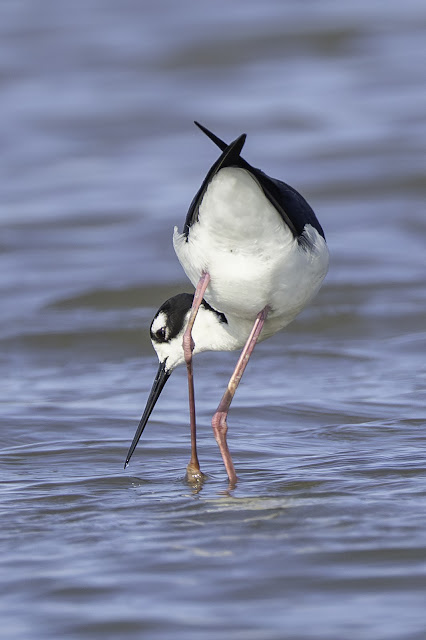


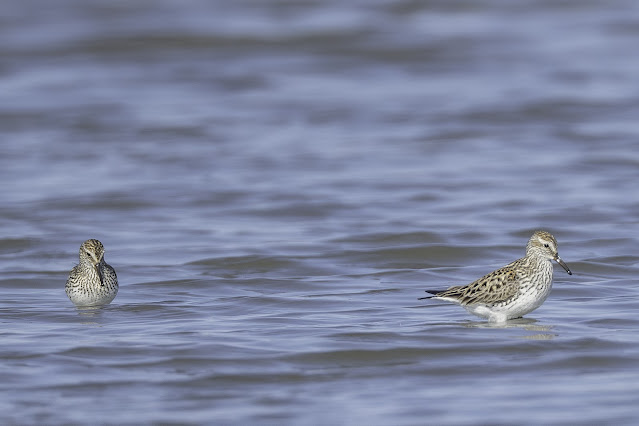






















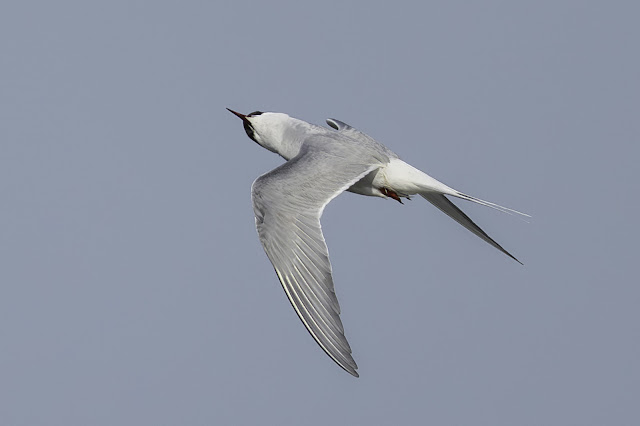









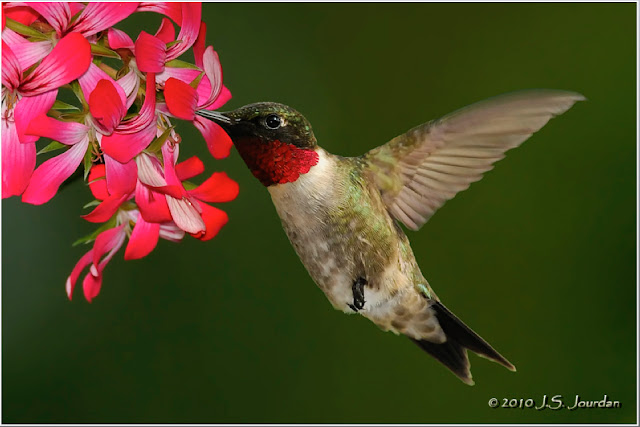
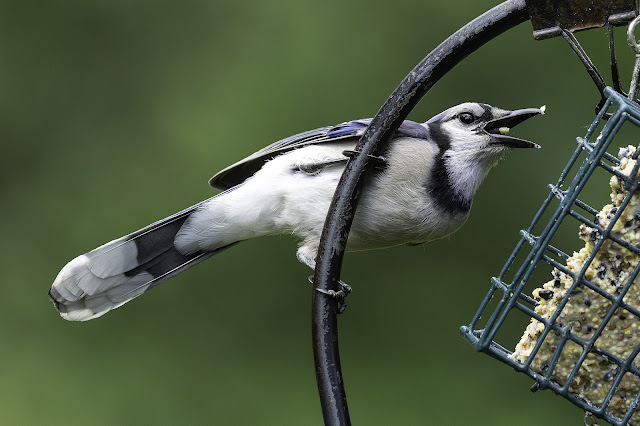


Comments
Post a Comment
Please leave a comment. I will try to respond ASAP.